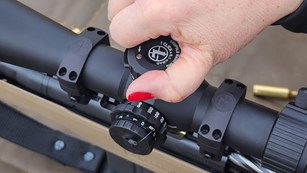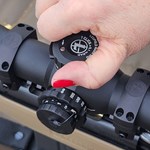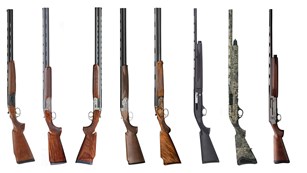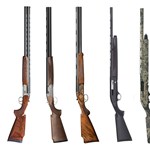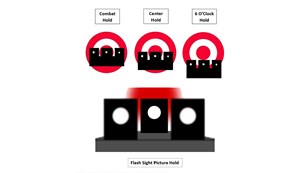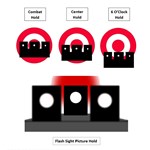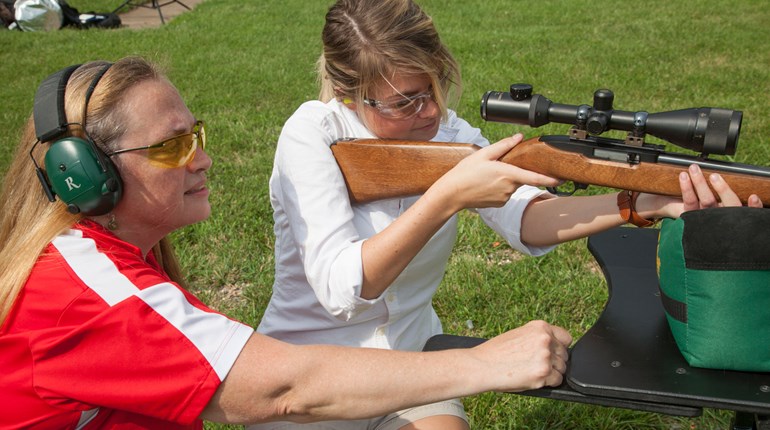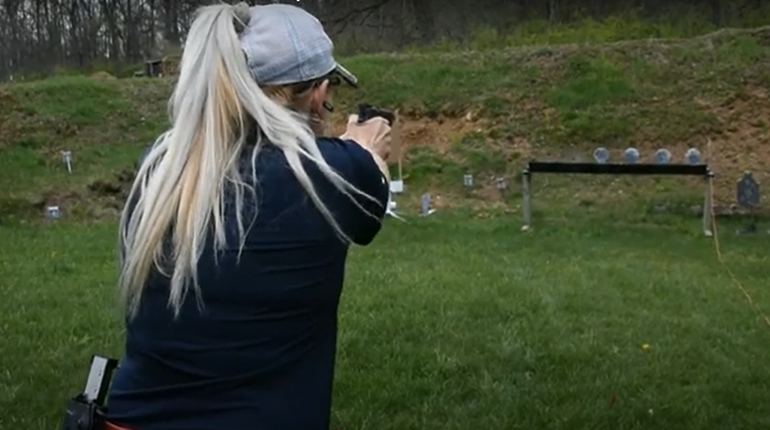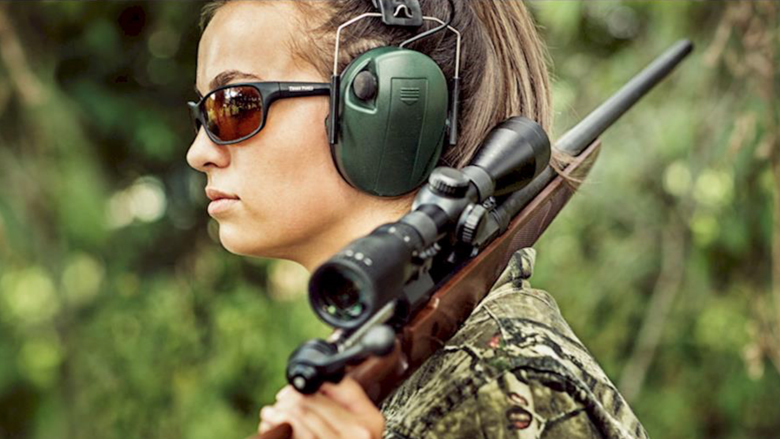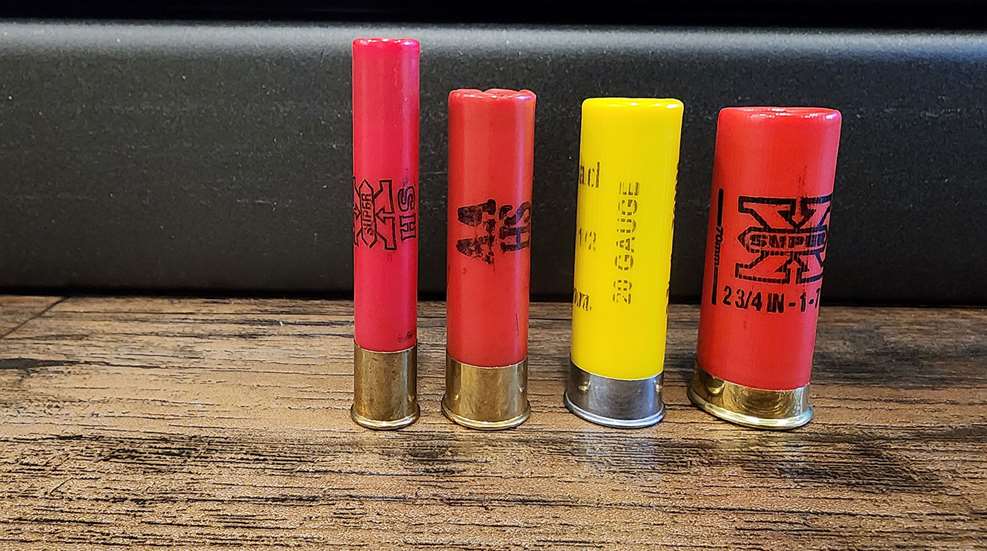
If you’re at all familiar with shotguns, you know that in the same way rifles are categorized by their caliber/chambering (the size of ammunition they shoot), shotguns are categorized by gauge. The most common gauge is the 12-gauge, of course, followed by the smaller 20-gauge. In general, the bigger the number, the smaller the diameter of bore and the smaller diameter shell the gun shoots. The 10-gauge is larger than the 12, which is larger than the 16, which is larger than the 20, which is larger than the 28. And then there’s the .410, which is the smallest of all, but which is named differently—more on that later.
But why do we call them “gauges” at all? Well, it originated back in the days of cannons, which were designated by the size of the cannonball they shot. An “8-pounder” cannon fired an iron ball that weighed 8 pounds, and the diameter of its bore (or “barrel”) was designed to fit that ball.
Gauge is the same way—determined by the size of a ball that matches the diameter of the gun’s bore, although we now use lead rather than iron. Shotgun bores are measured by an old English system of melting a pound of lead into round balls the diameter of the bore and counting how many balls that pound of lead would yield. A 12-gauge bore yields 12 round balls from that piece of lead. So 20 lead balls the diameter of a 20-gauge bore weigh 1 pound, and 28 lead balls the size of a 28-gauge bore weigh 1 pound. Said another way, the lead ball that fits perfectly in a 20-gauge bore weighs 1/20 of a pound.
This is why the numbers get larger as the gauge/bore gets smaller: It takes fewer lead balls to add up to 1 pound, because the size of the balls/bore increases as the gun gets bigger. Now, we don’t shoot big lead balls out of shotguns the way cannons used to (although slugs are pretty close). This is only a way to determine gauge and isn’t reflective of how we actually use shotguns today. It does not correlate to the shot size—No. 2 shot, No. 7 ½ shot, etc.—you see on ammo boxes. You can read an explanation of that here.

Image courtesy National Shooting Sports Foundation
The actual bore diameters of each gauge, thus the size of their corresponding lead balls, vary ever so slightly based on which internet source you use, but generally are as follows:
10-gauge: .775 inch
12-gauge: .725 inch
16-gauge: .665 inch
20-gauge: .615 inch
28-gauge: .545 inch
What About the .410?
The .410 is the smallest widely available shotgun gauge, and we call it the .410 bore—not the “.410 gauge,” because its measurement is not a gauge at all but rather a reflection of its actual bore diameter. The .410 shotgun’s bore diameter is exactly 410/1,000ths of an inch. If we were to count lead balls that size to equal a pound, the .410 would accurately be called a 67- or 67 ½-gauge gun!
Technically, this is a caliber, not a gauge. Rifle calibers are generally named by the diameter of the bore—for example, a 5.56mm rifle has a bore diameter (or grove diameter) of 5.56 millimeters—and the .410 shotgun follows this naming convention. I haven’t been able to find a credible source explaining how exactly the .410 became the exception to the gauge rule—why don’t we call it the 67-gauge? The best explanation I’ve come across is that we call it that because that’s how it was originally marketed in England when the .410 was introduced back in 1857. Eley labeled their new cartridge the .410 rather than using the gauge designation, and we’ve been calling it that ever since.






